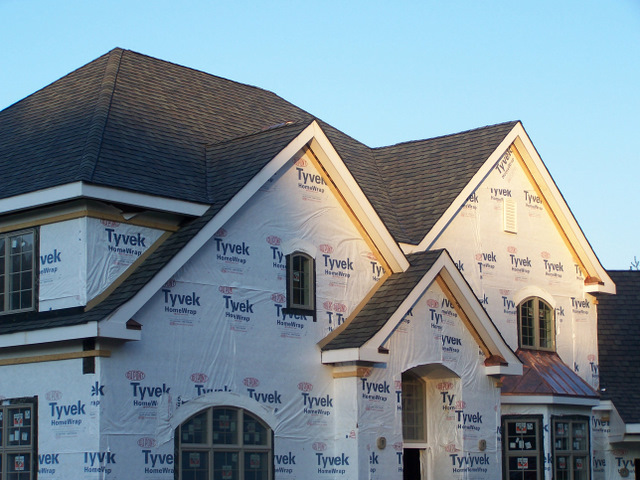Moisture damage is one of the biggest problems when it comes to synthetic stucco.
Dryvit siding problems.
Dryvit siding works well with icf exteriors because the icf blocks have higher vulnerability to physical damage and uv radiation.
The cement must have a clean surface to successfully adhere to.
Dryvit has an applicator problem.
Leaky cladding is a symptom and you need to fix the actual problem.
There is nothing wrong with the material.
It also seals moisture in and if water infiltrates beyond it usually through faulty or failed caulking improperly flashed window chimneys and other joints it s trapped there slowing rotting the sheathing.
The moisture problems are mostly due to a design problem.
And you should never attach anything to this siding that punctures the surface such as mailboxes hose holders street numbers and planter boxes.
The original exterior insulation and finish system was what is known as a barrier system which means it was a weather barrier.
Woodpeckers can also create holes that will let water in.
If you have leaks in the ceiling it may be the roofing but it may also be flashing or clogged gutters.
I have been applying dryvit for over 20 years successfully be sure to have an approved applicator do the work if you are going to put dryvit over wood you need to first apply a moisture barrier like stucco wrap.
The contractors install the dryvit siding over plywood osb substrate or existing siding.
That way if the dryvit does fail it does not destroy the substrate.
Something in the building envelope is usually the problem unless of course you have a burst pipe.
Dryvit seals out moisture.

